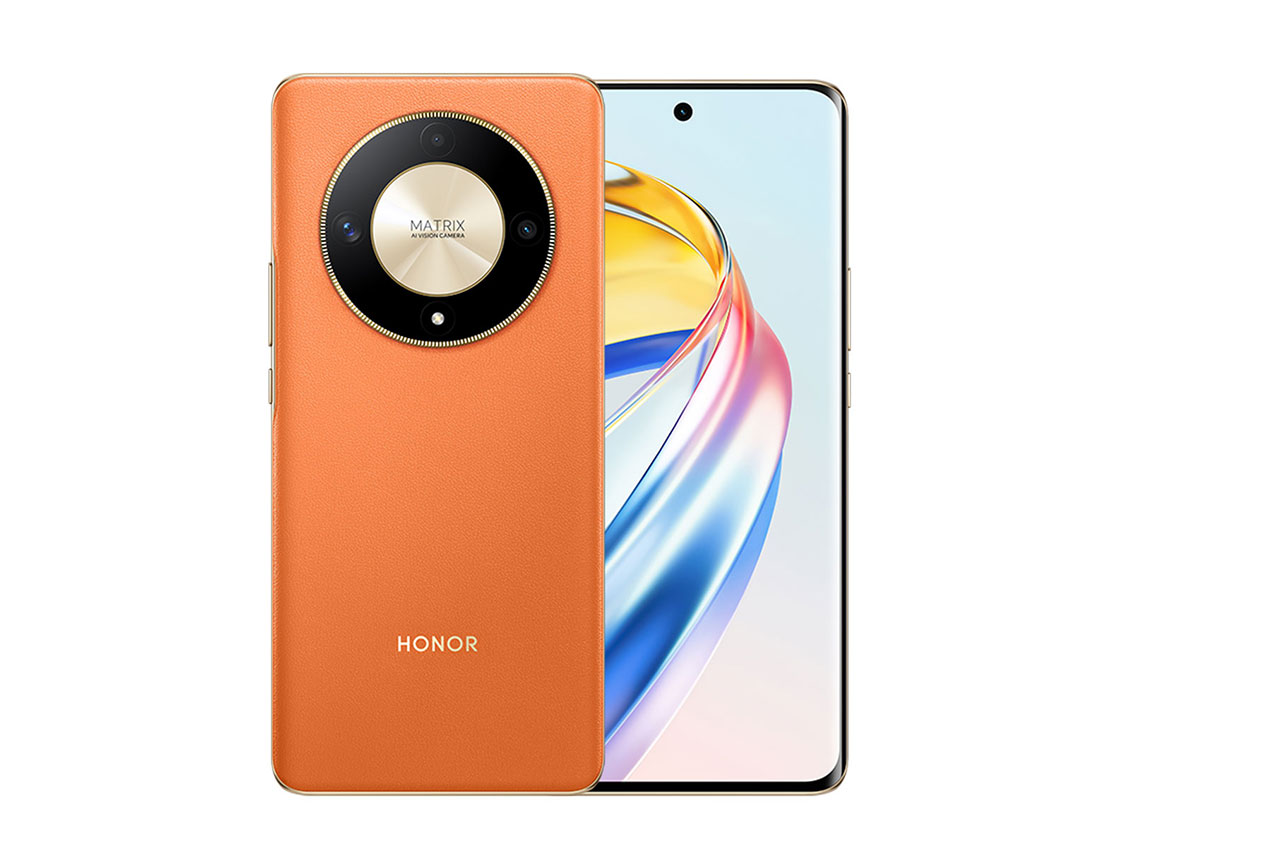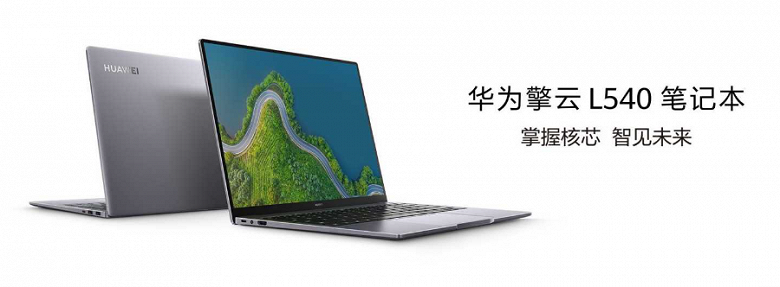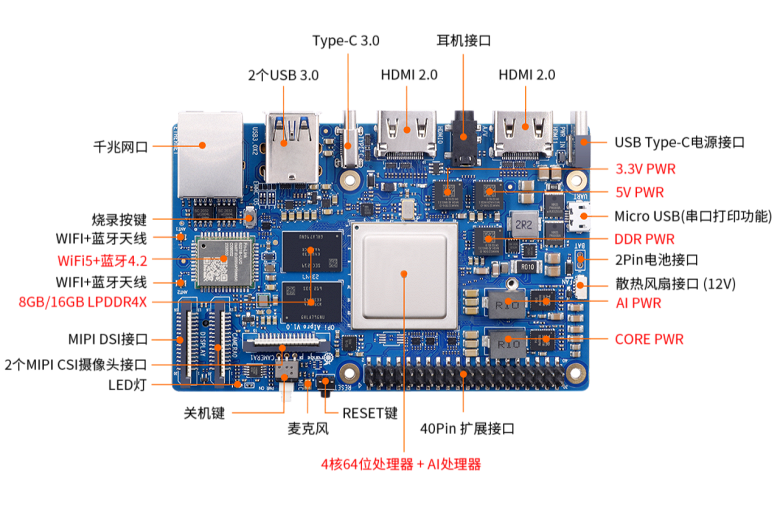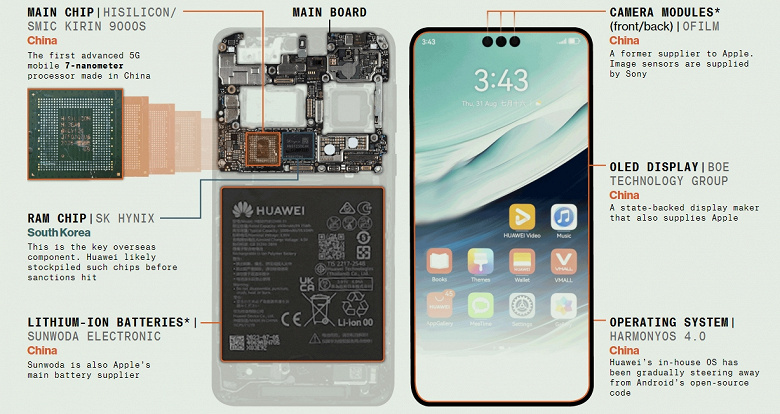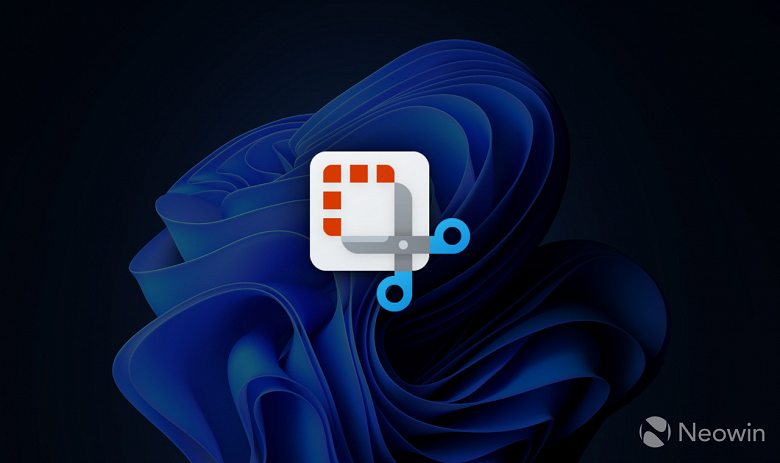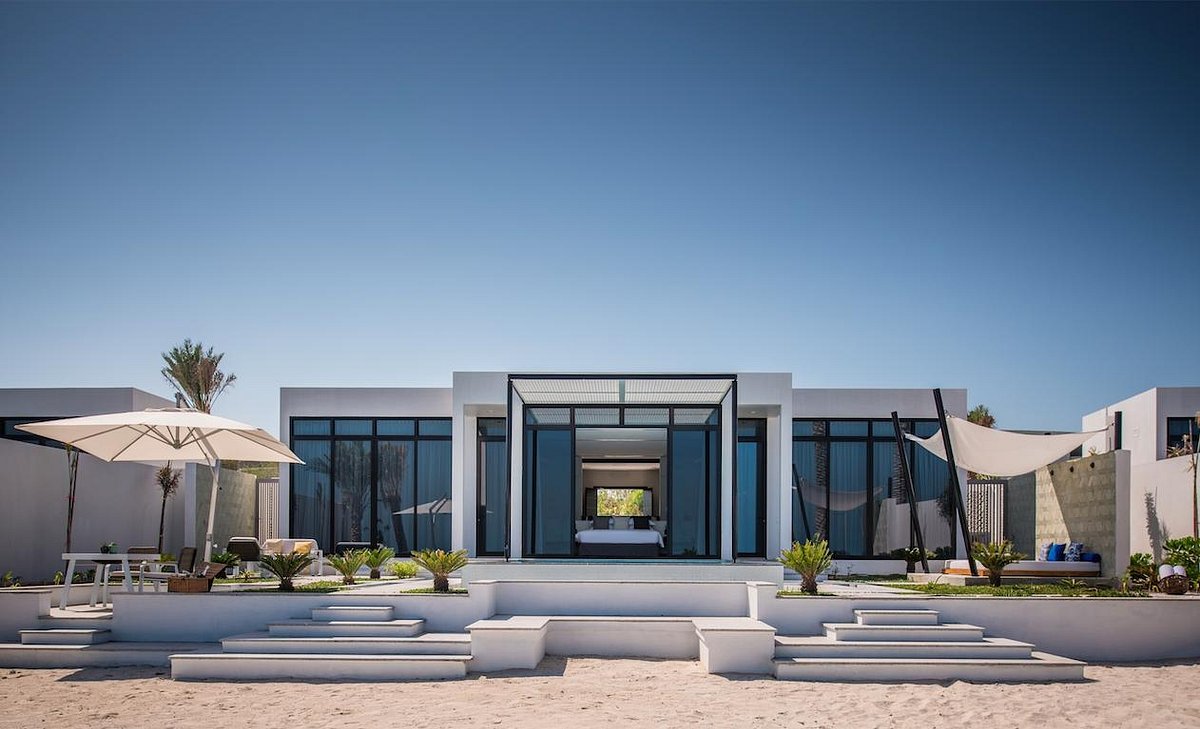Huawei Mate 40 Pro first impressions: a smartphone with a black hole
The Mate series has always been – and still remains – a kind of showcase of Huawei’s achievements in the creation of smartphones: it is on devices of this series that the title mobile hardware platform debuts every year, the very fact of which for a company that claims to be such titanium of the industry is even more important than a camera. or a general combination of characteristics, according to which the spring P series seems to have priority.

Huawei Mate 40 Pro really does not look very impressive compared to the P40 / P40 Pro – it is a smartphone that develops the ideas that were laid in these gadgets, and does not offer something fundamentally new. But the larger one – unlike Samsung with its equal dimensions S20 and Note20, Huawei is playing this card – and with a new shell (we have already released a detailed analysis of EMUI 11on the example of its beta version) and a fresh hardware platform, Kirin 9000. In theory, this is the most powerful smartphone to date, which can only compete with the just presented iPhone 12, but we can check this statement with benchmarks only after the official announcement – the company asked do not to do this with non-final firmware. So the conclusions about performance are already in the full review. So far – first impressions.
Huawei Mate 40 Pro is a smartphone, so to speak, lapidary. In the sense that it will be available in Russia alone (Mate 40 will not be), in a single version in terms of memory (8 GB of LPDDR5 RAM and 256 GB of UFS 3.1 flash) and in a single color – silver. It would be possible to draw some conclusions about Huawei’s (absent) bet on this model, but let’s just state the fact – potential buyers have no choice. Maybe in our era of excessive abundance, it is for the better.
The Mate 40 Pro is a very large smartphone with a curved 6.76-inch display – a lot, but no longer a record by today’s standards. On the front, the Mate 40 Pro is very similar to the P40 Pro. First of all, due to the combination of a curved almost frameless panel with an oval interspersed dual front camera in the corner.
The Mate 40 Pro is a very large smartphone with a curved 6.76-inch display – a lot, but no longer a record by today’s standards. On the front, the Mate 40 Pro is very similar to the P40 Pro. First of all, due to the combination of a curved almost frameless panel with an oval interspersed dual front camera in the corner.
The edges and back are noticeably different. I would like to highlight the presence on the right side of the hardware power and volume keys – it was decided to abandon the experiment with touch controls, as in the Mate 30 Pro, now the volume can be adjusted blindly again. On the upper edge, attention is drawn to the additional speaker grill. Huawei has abandoned another unusual feature of its smartphones – a piezoelectric element under the screen instead of the classic earpiece speaker: here it is, in the slot under the upper edge of the case. Despite this, the manufacturer decided to organize stereo speakers in this way, without using the spoken for these purposes. But there is no mini-jack on the edges – what to do, it’s unfashionable. But there is an equally unfashionable infrared port – there was a place for it.
The rear panel has changed its appearance compared to what was in the Mate 30 Pro and P40 Pro, but not the essence – there are the same four cameras and a dual-LED flash, but now they are taken in a ring that takes up an unusually large amount of space – but this is no longer surprising. The designers were inspired by something special, of course – in this case, this is the first photographed black hole in the galaxy Messier 87. Why, then, is the ring painted black and the center silver? Questions, questions … However, okay, the smartphone looks good: the glass back is, of course, slippery, but, as is customary with Huawei, it shimmers beautifully in the light, playing with mother of pearl. The set includes a silicone transparent case,
The screen here received an OLED matrix with an unusual resolution of 2772 × 1344 – the company learns from Apple the uneven numbers of the screen resolution, the Mate 30 Pro was also different. An increased refresh rate of 90 Hz is supported. No surprises here.
The cameras were also more or less without surprises. The main and telephoto modules have moved from the P40 Pro unchanged: 50-megapixel RYYB-sensor with an equivalent focal length of 26 mm and aperture of f / 1.9; 8-megapixel “periscope” with a focal length of 125 mm and aperture of f / 3.4 (provides 5x optical and 10x hybrid zoom). Both are with phase detection autofocus and optical stabilization. The third chamber is a TOF module.
The fourth camera, responsible for the wide-angle, has been updated – now it is based on a 20-megapixel sensor (not a Quad Bayer) and a lens with an EGF 18 mm and aperture f / 1.8. Autofocus in place. And she is again positioned primarily as a camera for shooting video – we will talk about this in detail in the full review, but, at first impressions, her behavior has changed a lot for the better, although still the video shot on the main camera looks at least no worse …
The possibilities for shooting video and editing it with the help of the built-in software have generally expanded greatly – an option has appeared to use the directional sound recording, and when shooting with both the rear camera and the front camera, you can simultaneously write or broadcast a picture from both of these cameras.
The selfie camera has also been updated – this is a dual-module with a 13-megapixel wide-angle camera and a TOF camera for more confident software background blurring in both photos and videos. When shooting a photo, you can choose from three focal lengths, there is autofocus with very tenacious face detection or multiple faces. On the front, you can write video in 4K resolution, on the rear camera – up to 8K.
Huawei Mate 40 received a capacious 4400 mAh battery, which, combined with support for very fast charging with a capacity of 65 W, allows you to hope for the potential absence of problems with power and autonomy.
The fingerprint scanner is located under the screen, there is water protection according to the IP68 standard, there is a slot for expanding memory using a proprietary NM card (it is installed instead of the second nano-SIM), the hardware platform includes a mandatory 5G modem (I don’t know yet if it works it’s with a millimeter range, but unlikely), the Wi-Fi module supports Wi-Fi 6. In general, we are dealing with a normal flagship smartphone of the 2020 model. With one characteristic but, which you yourself know very well, there are no Google services in the Mate 40 Pro operating system, and it is difficult to install them in any way. The problems associated with this have significantly decreased over the year – and the App Gallery store is developing quite quickly, filling up with relevant applications, and the Petal Search service, which helps to easily find apk files for installation on the Internet, is in place.
I am writing this material even before the official announcement with the prize announcement, but it is already clear that the smartphone will cost about the same as the previous Mate at the start of sales – with the current euro exchange rate it is about 80,000 rubles. But if Huawei succeeds in lowering the regional price bar lower, to the level of the P40 Pro, then even taking into account all the sanctions it may turn out to be interesting.
